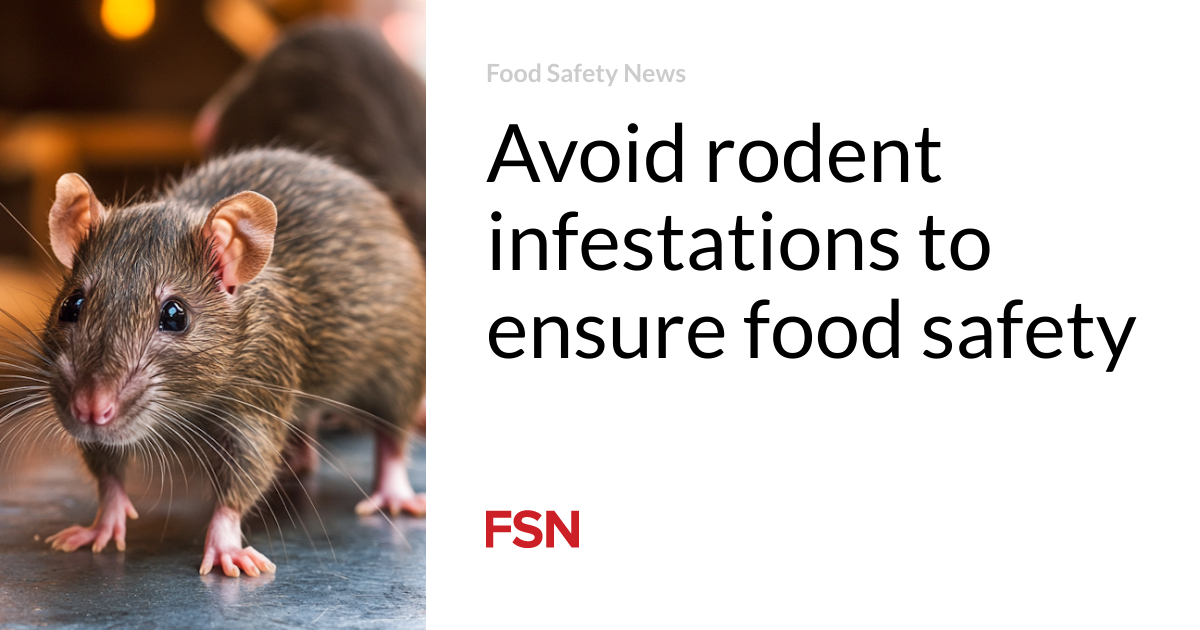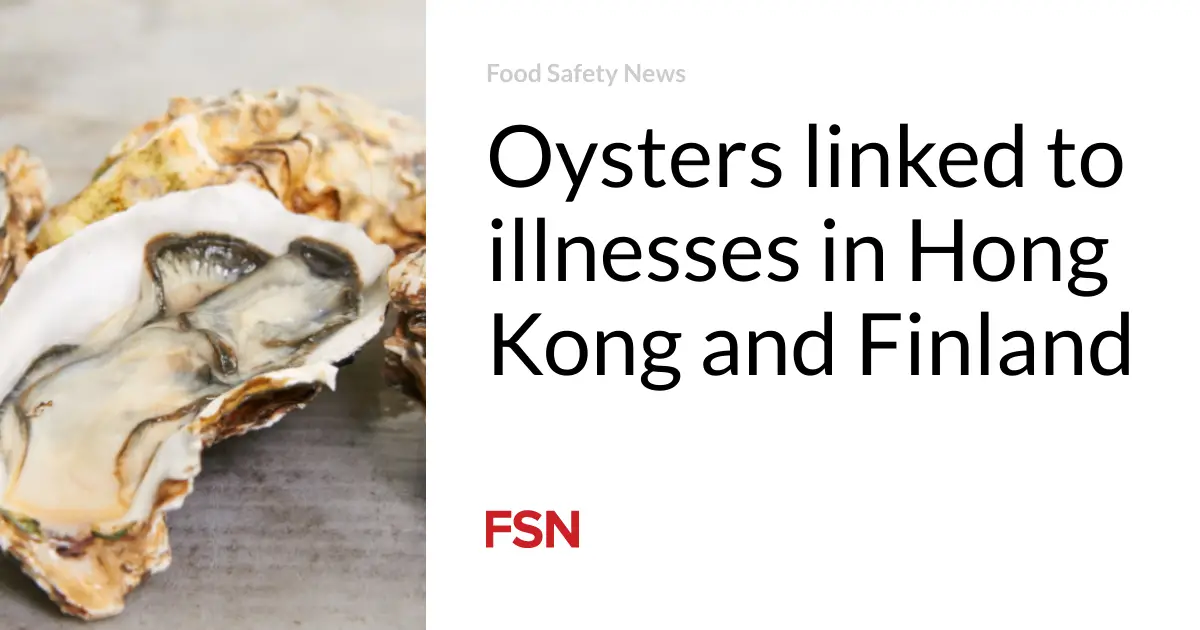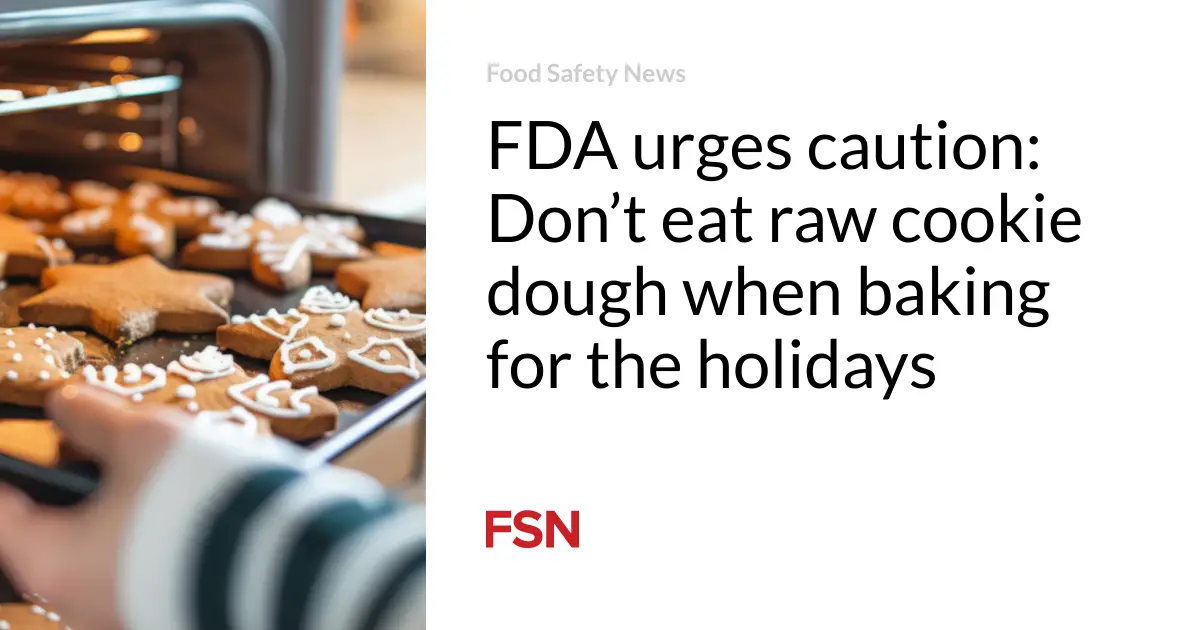
Batten down the hatches. They’re on their way.
We’re talking about rodents, mice and rats, which are formidable enemies to the food industry especially when fall brings cooler weather.
Food processors, warehouse managers, restaurant owners, and even homeowners, know this all too well. After all, the rodents are a lot like humans. They’re looking for warmth and shelter and food as the weather gets colder.
Not surprisingly, a big surge of rodents can be expected with the first frost, warned Jerry Heath of Industrial Fumigant Co, during a recent webinar geared to food facilities owners, managers and their employees.
He also warned that a rodent infestation can be extremely detrimental to a food processing facility as it can lead to the closure of the center if the problem is not addressed promptly and properly. That’s especially true when it comes to food safety. Many of the food recalls include rodent droppings as one of the reasons.
That’s not surprising considering that rodents are known to contaminate — or consume — about 20 percent of the world’s food supply. Not only that, they can carry more than 60 highly dangerous communicable diseases, according to the Food and Drug Administration.
Some scientists even go so far as to call rodents public enemy No. 1 for food and beverage processing facilities.
On the food safety side of the ledger, Salmonella, Listeria and E. coli are among the food borne diseases rodents can carry.
Foodborne illnesses such as these can also cause serious human health problems . . . even death. The Federal government estimates that there are about 48 million cases of foodborne illness annually—the equivalent of sickening 1 in 6 Americans each year. And each year these illnesses result in an estimated 128,000 hospitalizations and 3,000 deaths.
That’s why owners and managers of food processing facilities need to make sure their employees are educated about how important it is to be on the look out for rodent infestations and also what to do to prevent them. And also what to do to protect themselves.
A rodent infestation can lead to a recall and the closure of a business if the problem is not addressed promptly and properly. For the company, that’s a major financial hit. For the employees, that’s the loss of their jobs.
Where are the critters?
Surprisingly, the first line of attack this time of year is not indoors but rather outdoors. That’s why Heath lists “exclusion,” as the number one goal in this battle against rodents.
In other words, many rodents are waiting outdoors to find a way to get indoors. That can include complexes bordered by fields, wooded areas, shrubbery, bark mulch, rivers, creeks or railroad beds, among others.
Each of these environments ensures that plenty of mice will be present outside buildings during most times of the year. The extent of the favorable conditions in these areas determines the risk of rodent invasions to a building.
Heath said that Walmart actually found more rodents entering with deliveries from outdoors than many other suspect places. Some even warn to avoid keeping a door open any longer than necessary and even then to keep an eye out for any mice scurrying in.
Is it a rat or a mouse
As for the difference between rats and mice, house mice are actually worse pests inside buildings than rats. To begin with they are more numerous. In addition, because a mouse is so much smaller than a rat, it can find more openings in a building.
They also have a high reproduction rate, which allows larger populations to build more quickly.
And they can survive on food alone . . . they don’t need water, which lets them exploit more areas in a warehouse or processing center.
Daylight
“If you can see daylight,” the rodents can get in, Heath said.
According to the FDA, rodent parts usually get into products after they get into facilities through cracks or holes in walls, gaps around doors, windows, as well as the foundation, roof, or ventilation, structural openings, and piping.
Weatherstrips at the bottom of doors is the most common entry point for mice. For this reason, they should be regularly checked for spaces allowing possible mouse entry.
They’re also attracted to high-moisture storage areas where food is not properly sealed, and, in general, areas that are not clean and organized and free of debris [or] garbage.
“Unprotected openings will allow access from other places,” Heath said.
It’s also important to have enough dumpsters or compactors, with lids, to discourage the rodents.
Employee training also comes into the picture. The workers need to make sure to get the trash into these containers and not spill it all over the place, Heath said.
“And when you can see where you have pressure and issues, you should have traps set up in those places outdoors,” he advised.“You need to intercept them outdoors before they get in.”
A line of bait stations can be effective.
A rodent bait station is a small, usually plastic, box with a hole that allows pests to enter. Inside the box is a highly toxic bait, so any rodents that consume the bait will die. Many rodents also transfer bait back their nest where it will be shared with others.
These bait stations are very effective, both inside and out. Because they’re tamper- and weather-resistant, they can be safely placed outside, without the risk of non-target animals, or even inquisitive children, coming into contact with the poison. And unlike other trapping devices, the poison doesn’t spill out and is therefore safely contained.
If you have young children or pets, a station is also a good alternative to other pesticide or toxic treatments. Some other treatments will leave residues behind that can be dangerous to non-target animals and humans, whereas in a bait station the poison is safely contained.
Yikes, there’s a mouse in here
If a mouse is spotted indoors, lay down some glue traps and isolate the area where it was seen. Perhaps it ran under some pallets, for example. If that is the case surround the pallets with the glue traps.
“It’s amazing how you can catch them this way,” Heath said.
Regular snap traps can also be effective. When using them,
identify high traffic areas, focusing on areas where you’ve seen mouse droppings or other signs of a mouse infestation. Also position the traps properly. To increase the chances of a rodent encountering the trap, place traps perpendicular to the wall, with the bait side facing the wall.
The number, type and placement of rodent control devices should change over each week in the effort to eliminate an infestation.
These changes are necessary to eventually entice every mouse to interact with and commit to one of the devices. Only this approach, together with correcting contributing conditions, such as cleaning up food spills, reducing harborages and rodent proofing will achieve the desired results
Rodenticide baits need to be refreshed or changed. The larger the initial population, the longer it will take to achieve total control. It will take time to entice every mouse to interact with and commit to one of the control devices.
Traps need to be maintained, replaced, rebaited and moved. Mouse carcasses need to be discovered and removed.
Gloves should be used when doing this, and hands should be thoroughly washed afterwards.
What about fumigation?
Fumigants differ from fogging pesticides because they allow penetration into equipment, packaging, products and commodities.
Fumigation treatments rely on the power and effectiveness of a fumigant gas in sufficient concentration and exposure time to eliminate the target pests, including rodents. Fumigants differ from fogging pesticides in that the fumigant is in a gas phase rather than aerosolized liquid droplets. The gas phase of fumigants allows penetration into equipment, packaging, products, and commodities.
According to IFC, fumigation can be an effective way to meet a company’s food-safety needs.
Trailers outside
Some processing centers and warehouses have trailers outside that are used for hauling away things like food waste or even livestock feed. But Heath warned that some of these are decrepit old trailers infested with rodents.
“That’s totally unacceptable,” he said. They should be “food-grade trailers.” And they should be inspected before putting food waste or animal feed in them.
That also goes for trailers that are used for foods to be exported.
Recalls
Time and time again food recalls make the news. For example, in the spring of 2022, Dollar Tree Distribution Inc. recalled some items, among them human food, because of a severe rodent infestation in a distribution facility in Arkansas
According to the Food and Drug Administration, after fumigating the facility in January 2022, more than 1,100 dead rodents were found in the facility.
A review of the company’s internal records also indicated the collection of more than 2,300 rodents between March 29 and Sept. 17, 2021, demonstrating a history of infestation,” according to the FDA’s public warning.
In February 2024, Family Dollar Stores LLC pleaded guilty to holding food, drugs, medical devices, and cosmetics under unsanitary conditions related to a rodent infestation at the company’s West Memphis, AR, distribution center.
This action on the part of the FDA marked an important chapter in food-safety history. The company, Family Dollar, a subsidiary of Dollar Tree Inc., entered into a plea agreement that included a sentence of a fine and forfeiture amount totaling $41.675 million — the largest-ever monetary criminal penalty in a food safety case.
Then in May 2024, Wehah Farms of Richvale, Ca., recalled 4,600 cases of Lundberg Family Farms Sustainable Wild Blend Gourmet Rice because, according to the FDA, the rice may contain a foreign object that appears to be of rodent orig
The recall was first issued in May, but then FDA updated the notice and said the recalled product could cause temporary or reversible health effects.
Food recalls can be widespread. In this case, the contaminated rice was distributed in California, Oregon, Wisconsin, Maine, Florida, Arizona and New Hampshire.
“When consumers go to the store, they have the right to expect that the food and drugs on the shelves have been kept in clean, uncontaminated conditions,” said FDA Acting Associate Attorney General Benjamin C. Mizer. “When companies violate that trust and the laws designed to keep consumers safe, the public should rest assured: The Justice Department will hold those companies accountable.”
It’s not rocket science
Rodent control comes down to persistence and creativity While getting rid of a mouse infestation will take more than a day or a week, daily follow-up inspections are key to success.
Go here for information about specific rodent pesticides.
(To sign up for a free subscription to Food Safety News,click here)






